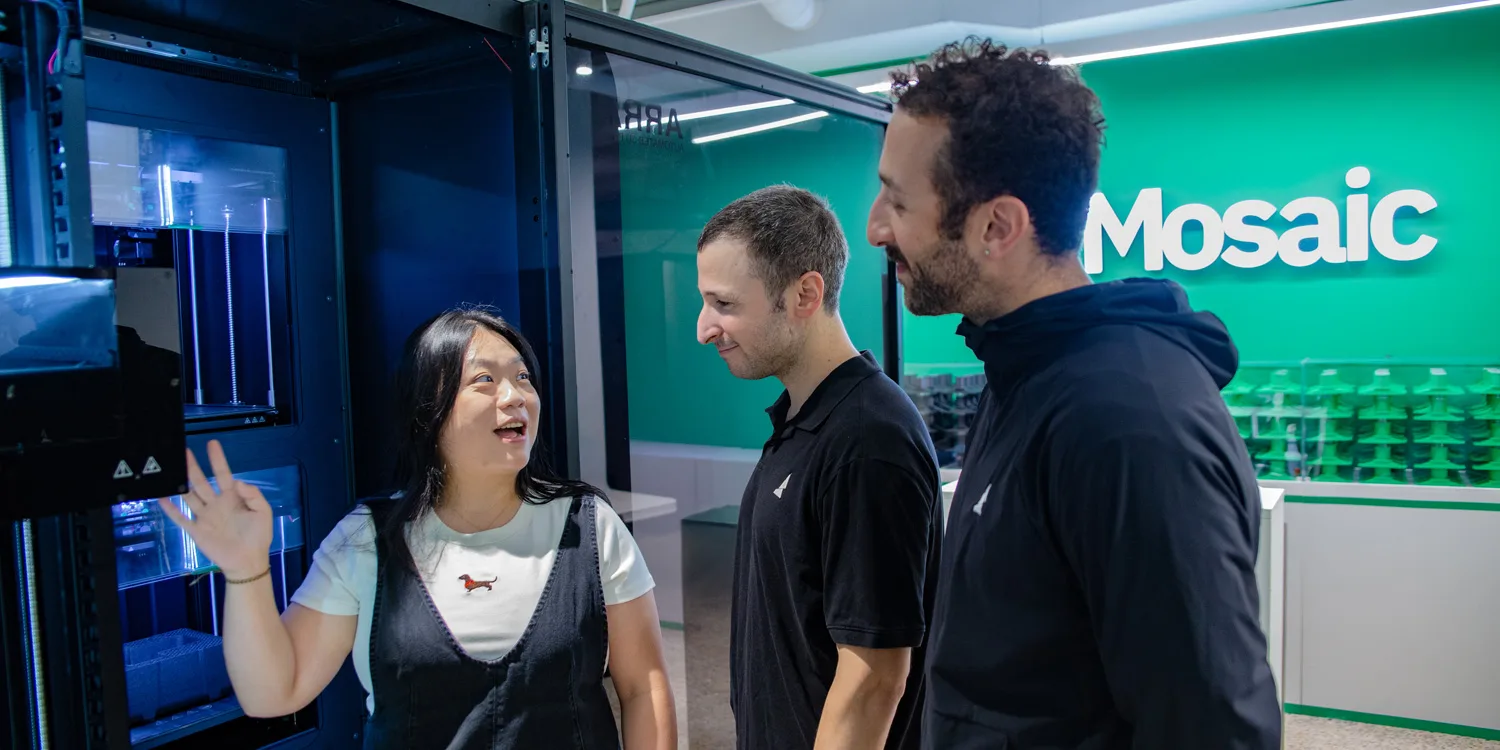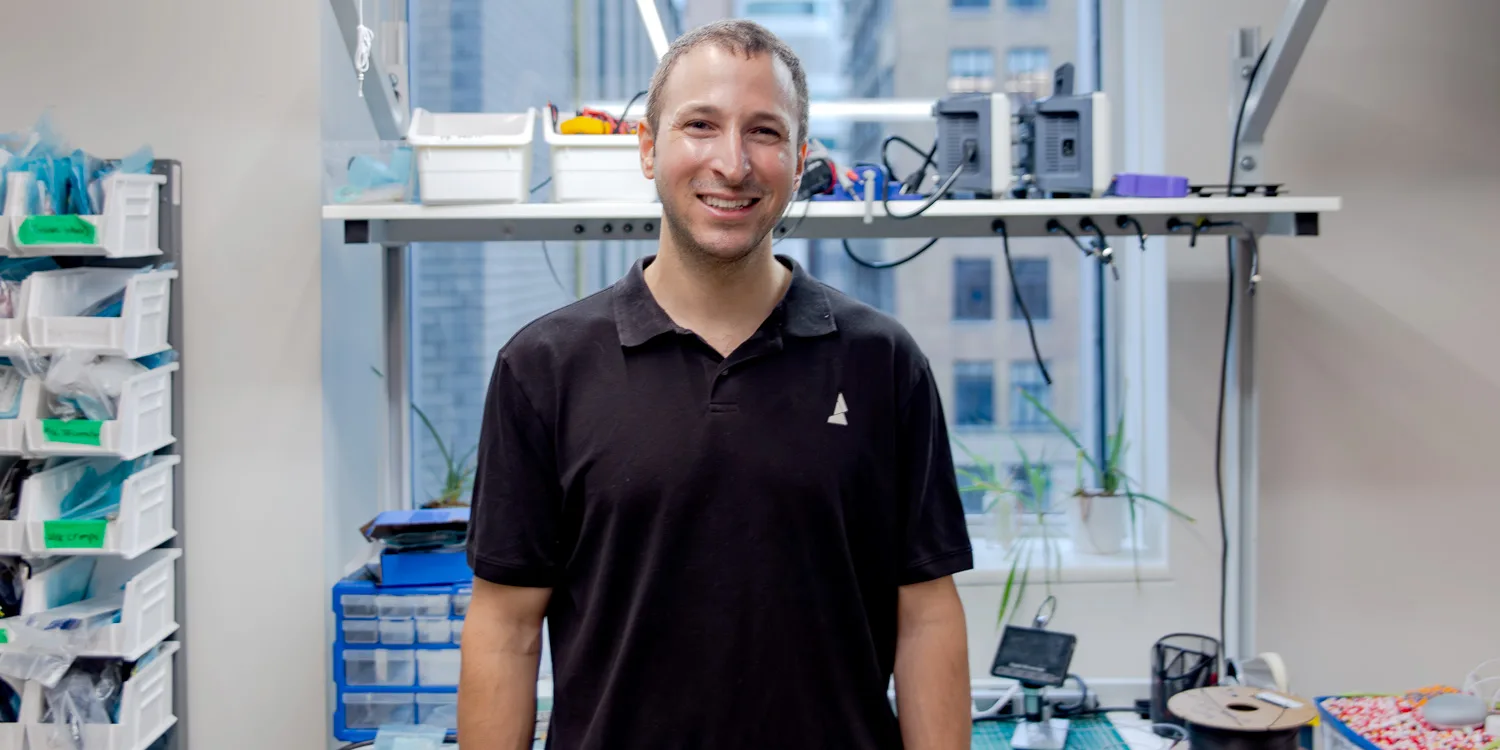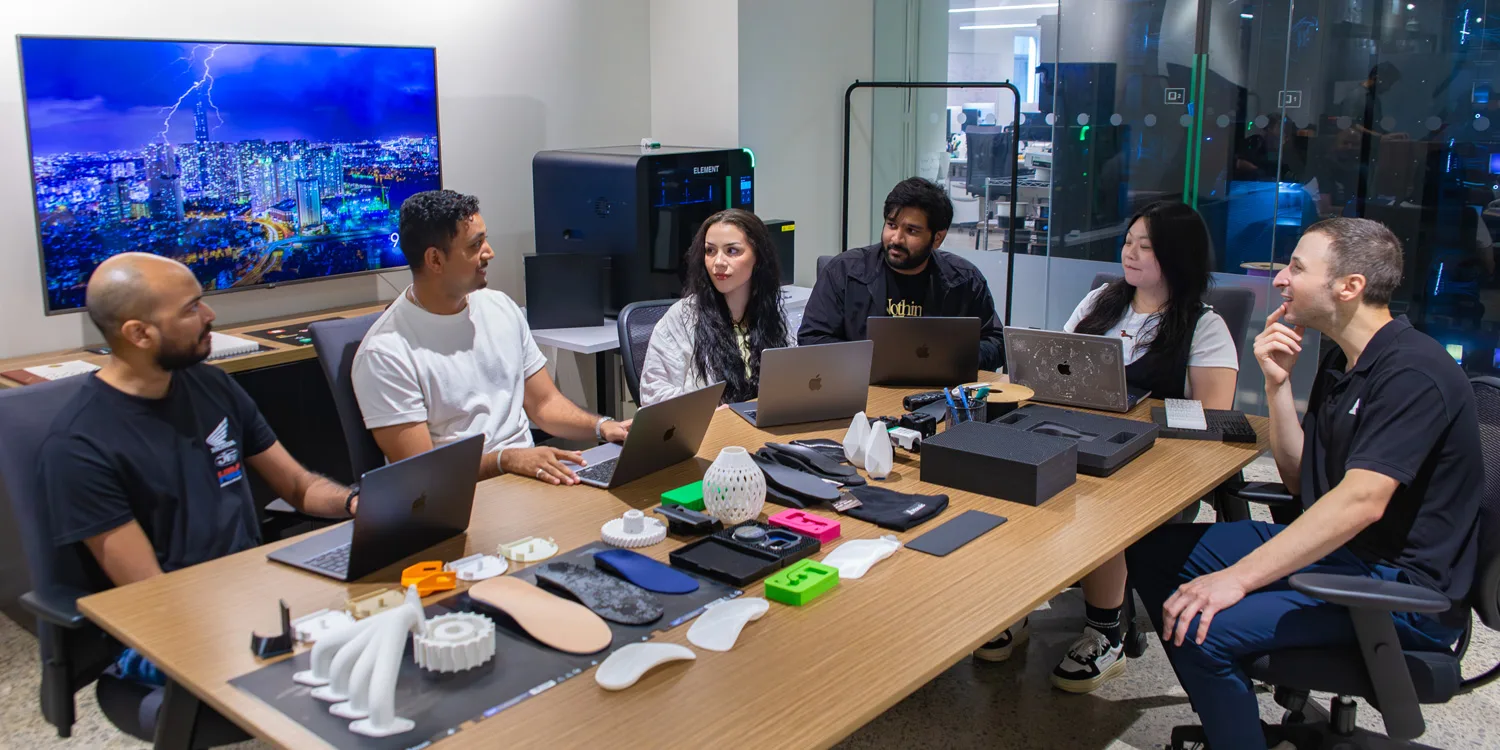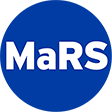Hire Learning: Mosaic Manufacturing is facilitating a more sustainable supply chain
By Steve McCann | August 21, 2025

The Toronto-based company celebrates a hands-on ethos, from its in-house film festival to its 3D printers, which help other businesses bring their operations closer to home.
Companies typically offshore elements of production to take advantage of cheaper labour and materials in other markets. But transporting a product or component from the other side of the world can be time consuming and complicated. With the added pressures of mounting tariffs and trade disputes, maintaining a reliable supply chain has never been more challenging.
To mitigate these difficulties, Prime Minister Mark Carney has committed to bolstering domestic production as part of an overall strategy to encourage Canadian businesses to move their operations closer to home — a practice known as nearshoring.
Mosaic Manufacturing is primed to play a key role in this process. The Toronto-based company was established more than a decade ago as a 3D printing operation for custom toys and trinkets, but when COVID-19 quickly unraveled the global supply chain, founder and CEO Mitch Debora saw an opportunity to pivot. “We learned firsthand what it means to have a supply shortage,” he says. “Everything was turned upside down, and that taught us how important this product we were developing in the background could be.”
That background project is now Mosaic’s flagship product: a “factory-in-a-box” that comprises four 3D printers, allowing companies to design and manufacture industrial-grade parts, components and products on-site without increasing costs. This solution is particularly critical at a time when business owners are looking to reduce their reliance on overseas facilities which make them vulnerable to geopolitical tensions and shipping bottlenecks. And on the heels of last year’s successful $28-million funding round, Mosaic is on track to expand its reach.
Here, Debora explains why nearshoring can help solve supply chain snafus, what separates Mosaic’s cutting-edge tech from the 3D printers you might check out at the library and how he and his colleagues channel their inner filmmakers.

Founder and CEO Mitch Debora
In basic terms, what problem are you trying to solve?
We’re making it easier to get things from one place to another by making it as simple as sending an email, rather than putting a product on a ship, a plane, a truck, and trying to bring it across the world.
Walk me through why this has become such a challenge.
Supply chains are fragile and riskier than they’ve ever been. The journey to get something manufactured typically starts in Asia, where production is cheapest. You may have to make a mold or tooling, which takes time and money. The parts are loaded on a truck that goes to a port, where they’re put into a container; then you need to clear customs. That boat takes three months to cross the ocean — but it might get stuck in a port or a canal. There might be political unrest in an area it’s passing through. When it gets to a port on this side of the world, it might take a week to get offloaded, then it needs to get through customs again. It goes on a train or a truck to a central warehouse and then it finally ends up in your final spot.
This process may have started six, nine months before you actually needed that component. And there are a lot of challenges in making sure all the parties are lined up and ready so that there are no delays. But what happens when you’re missing one plastic component and have to wait for that entire supply chain to kick off again? So companies normally order more than they need and throw out the rest, which is also not a very efficient or economical or environmentally friendly thing to do.
How have tariffs affected your business?
The political climate is changing day by day, and we’re seeing manufacturers say, “OK, I can’t be reliant on somebody else’s foreign policy to dictate whether or not my products are going to come into the country at the cost that I expect them to.” We provide technology that makes it easier to bring manufacturing back to Canada.
What’s different about your 3D printers?
The 3D printers you know and love — in our homes, libraries and schools — are not that different from what we’re doing. We’ve just added automation that allows that printer to continuously run, which makes it more of a production tool, and with our highest-end products, we use a material called PEEK (polyether ether ketone): a high-performance, high-temperature thermal plastic that can be used in place of metal.
Are these 3D-printed parts as reliable as conventionally manufactured components?
We’ve proven that they can be as good or better. We print those materials in the exact same engineering grade used for injection molding or machining. One hand truck brake pad we printed outperformed the traditionally manufactured piece by a factor of two. And it was something that they could produce on site and not have to buy in large quantities.
You’re helping develop a more sustainable global supply chain — but how are you tackling your own carbon footprint?
We’re building big machines, and we want to build them close to where they’re going to be used, so we built them in Canada. Our engineers can go on site to watch them being constructed, and it’s a drive away. Our product can be flat-packed like Ikea furniture so it’s not taking up a lot of space on the truck. And where possible, we’re using our 3D printers to make the parts that go into our systems.

Speaking of being on site: the Mosaic office is downtown in the heart of the entertainment district. Where do you go for a bite?
There’s Dark Horse Espresso, General Assembly for some solid pizza. We have two of the best Thai restaurants in the city nearby: Pai and Khao San Road. There’s a cool taco sushi place (I didn’t know those two things went together) called The Haam that’s literally across the street.
You’re also steps away from Toronto International Film Festival HQ. Have you absorbed any cinematic influences?
Once a year, we have what we call Mosaic International Film Fest, or MIFF, where we have a day to make a short film. We break out into teams — hopefully someone on your team knows how to use a camera and do some rough editing — and then we screen the films, vote on whose is the best and have a party. This year, we splashed out and had a red carpet, backdrop and a photo booth.
Are there any other team social highlights?
Because we are a pretty hands-on company, we have what we call “make days” three times a year. These are more typical engineering team things. We’ve had spaghetti building: You have a $15 budget to go to any store you’d like and by the end of the day, you have to build something out of white glue and pasta that is strong and tall.
What do you look for in a candidate?
We’re always looking for a two-way fit. We’ve been burned so many times by hiring the person who’s the most technically gifted, but what we’ve realized is by finding somebody who can really buy in to working with us, then it’s going to be a great relationship.
Anything exciting in the works?
As we approach the second decade of Mosaic, we’re up against some pretty major forces. There’s some crazy 3D printers coming out of China, and we need to keep pace as that lowly Canadian company that has a tenth of their resources. It’s just fun to be part of something challenging.
The Canadian tech ventures in our roster are always looking for talented new hires. Explore the opportunities available now.
Photographs: Kelvin Li
 Steve McCann
Steve McCann